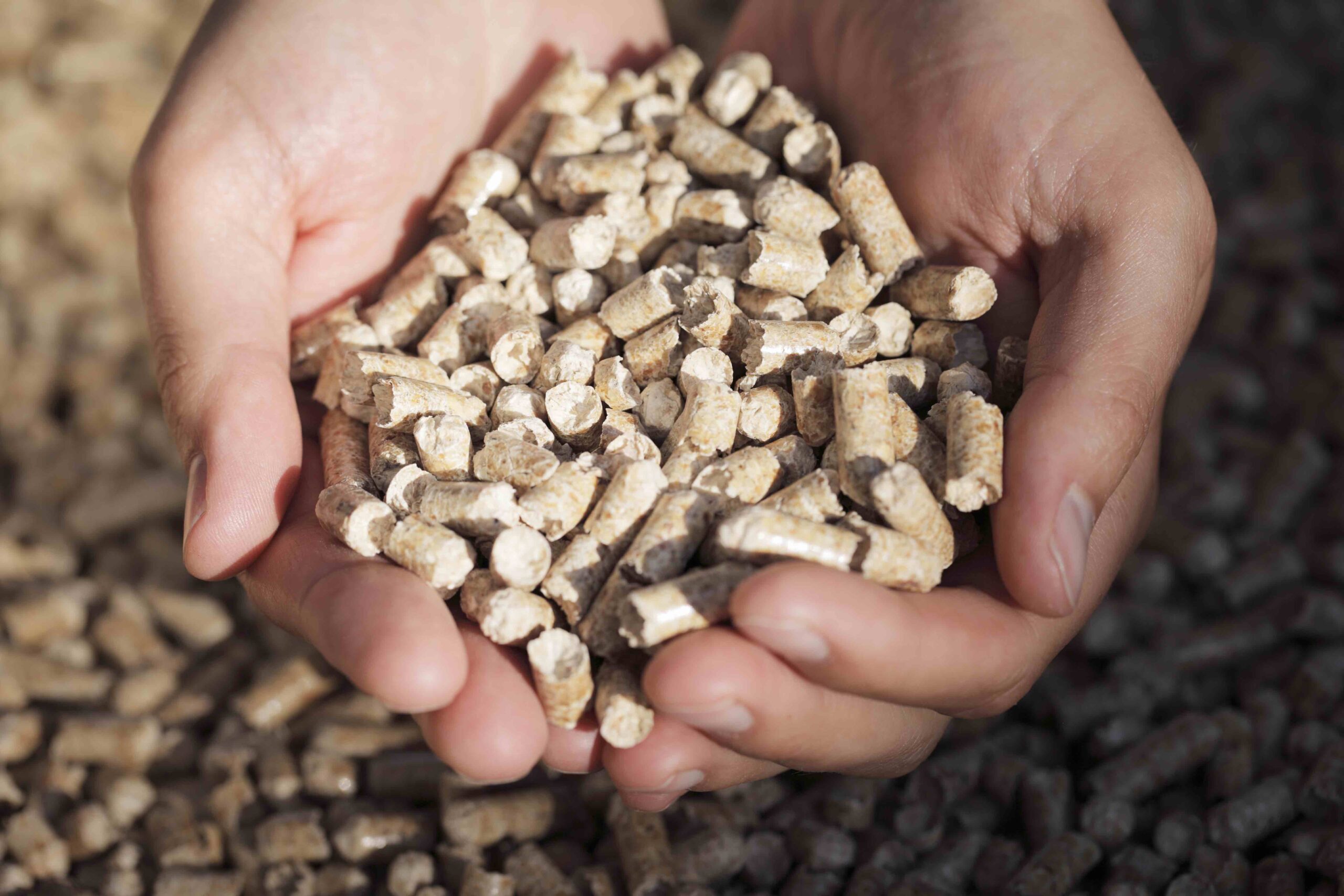Text Atem S Ramsundersingh
When life gives you rubbish, use it wisely. People in low-income countries, including those in Asia, have been conditioned to accept the presence of waste dumped in their surroundings, whether it’s on open land or in the streets. As long as it is not literally in one’s own backyard, waste dumps are tolerated. Many people, decision makers included, are not aware of the harmful impacts to human health, to groundwater resources and to the environment in general. Moreover, few realise that waste is energy – a product that can generate electricity and income.
The World Bank estimates that about 2.01 billion tonnes of solid waste is being generated worldwide annually, with at least one-third of that not managed in an environmentally safe manner. By 2050, global waste is expected to grow to 3.4 billion tonnes, more than double the rate of population growth. In low- and middle-income countries, food and green waste comprise more than half of the waste generated, while in high-income countries, the proportion of organic waste is about one-third due to the larger amounts of packaging and other nonorganic waste.
What is Waste-to-Energy?
Anaerobic digestion is a biological process that produces a gas principally composed of methane (CH₄) and carbon dioxide (CO₂), otherwise known as biogas. These gases are produced from organic wastes such as livestock manure, green waste, food processing waste, and so on. Biogas feeds an engine-generator (i.e., a combustion engine), where the resulting mechanWical energy powers an electric generator to produce electricity. Most anaerobic digestion technologies are commercially available, and those that generate electricity are also widely available; it is no longer an “experimental technology”. There are millions of small, medium and large (> 0.5 megawatt) biogas power plants around the world, including Asia.
Using biomass to produce electricity reduces our reliance on fossil fuels, the primary energy sources for electricity and the largest contributors to the air pollution and greenhouse gases responsible for unpredictable changes in our climate. We will eventually run out of fossil fuels, so we have no choice but to find alternatives, sooner or later.
Biomass electricity offers an alternative with many benefits:
- Our supply of biomass is renewable, meaning it will not run out, provided that we have organic waste materials being produced and available.
- The electricity produced by biomass reduces the threat of further global warming.
- Making use of biomass waste eliminates the need to place it in landfills.
- Using by-product methane gases to produce electricity eliminates the associated odour and reduces air pollution in surrounding areas.
For the rest of this article (Asian Geographic No.134 Issue 1 /2019 ) and other stories, check out our past issues here or download a digital copy here
The 25th anniversary of the largest and longest running dive show, Asia Dive Expo (ADEX) is set to occur on the 11-14th April 2019. Centred on the theme – Plastic free Future, ADEX is more than just a dive show with its commitment to the environment. Among an exciting lineup of programs, attendees can look forward to a Future Forward Series of Panel Discussion on the Single-Use Plastic Conundrum in Asia, on 13th April.
So join us at the event, get inspired and for all you know, you might just liberate the inner diver in you! More details of the event here.













